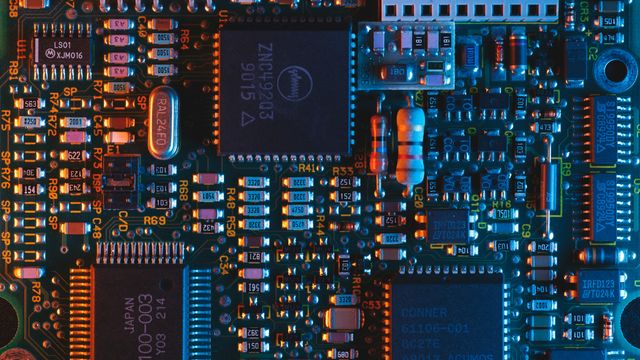Some of the water around Antarctica has been getting saltier. And that has affected the amount of sea ice at the bottom of the planet.
A study published on June 30 in the Proceedings of the National Academy of Sciences found that increases in salinity in seawater near the surface could help explain some of the decrease in Antarctic sea ice that have been observed over the past decade, reversing a previous period of growth.
“The impact of Antarctic ice is massive in terms of sea-level rise, in terms of global warming, and therefore, in terms of extremes,” said Alessandro Silvano, a senior scientist at the University of Southampton studying the Southern Ocean and lead author of the study. The findings mean “we are entering a new system, a new world”, he said.
Each year, the sea ice floating atop the Earth’s polar oceans melts in the summer and refreezes in the winter, acting as a mirror that bounces the sun’s heat back into space. Since the late 1970s, as global temperatures ratcheted upward, sea ice in the Arctic has been swiftly declining. But in the Antarctic sea ice continued to grow into the 2010s.
The study used data from satellites to track changes by using a brightness measurement that subtly correlates to salt content. But because the signal is small and easily drowned out by other factors, Dr Silvano said, it wasn’t possible to analyse them effectively until recent advances in algorithms.
When Dr Silvano and his co-authors first noticed the rising salinity, they doubted the signal was real, suspecting an error in the satellite data. But as physical measurements from ocean instruments began to confirm the trend, they realised the signal was accurate.
“Because melting ice should freshen the ocean, we thought that we should have seen freshening, right?” Dr Silvano said, adding that climate change is also increasing precipitation and runoff from melting glaciers in the Antarctic, which should mean more fresh water coming into the ocean’s surface. “Instead, we saw increasing salinity.”
As the salt content increases, the density of the water changes, drawing warmer water – typically stashed deep under the surface – upward. Hotter water causes the ice floating on it to melt, and prevents it from growing back in the winter as much as it used to.
Because less sea ice means less fresh water balancing out the salinity and warmth, it’s a feedback loop that threatens greater warming, he said.
Sharon Stammerjohn, a senior research associate at the University of Colorado Boulder’s Institute of Arctic and Alpine Research, who was not involved in the research, described the paper as a sort of missing link for the potential drivers of Antarctic sea-ice changes.
“We have been struggling for about the last decade to try to figure out why Antarctic sea ice had such a rapid decline and continues to decline,” she said.
Typically, Dr Stammerjohn said, the ocean acts as a bank of planetary heat. Because fresher water is less dense, it acts as a lid, holding back the salt and trapping heat deep below the surface. Rising salinity means the layers of the ocean are mixing more, and letting more heat escape to the surface. “Up until 2015 we kind of kept a lid on that,” she said.
Cecilia Bitz, a professor of climate science at the University of Washington, said observations of the Antarctic’s complex dynamics and vast, hard-to-access landscape remained sparse until about 10 years ago. Then, improvements in satellite data along with a growing fleet of autonomous buoys with sensors, known as Argo floats, which provided some of the data used in Dr Silvano’s study, began to fill in the gaps.
Recently, the Department of Defense announced it would be no longer be providing some of the satellite data that researchers use to monitor changes in sea ice. According to an announcement Monday, the data will become unavailable after July 31.
“This not only affects polar researchers who rely on this for Antarctic sea ice and Arctic sea ice, but another sensor on there is key for hurricane forecasting,” Dr Stammerjohn said.
While the details of how the scientific community might adapt when this program is canceled are unclear, she said, there are other satellite products, including ones maintained by the European Space Agency and the Japan Aerospace Exploration Agency, that may be able to fill the gap. NYTIMES
Find out more about climate change and how it could affect you on the ST microsite here.


















